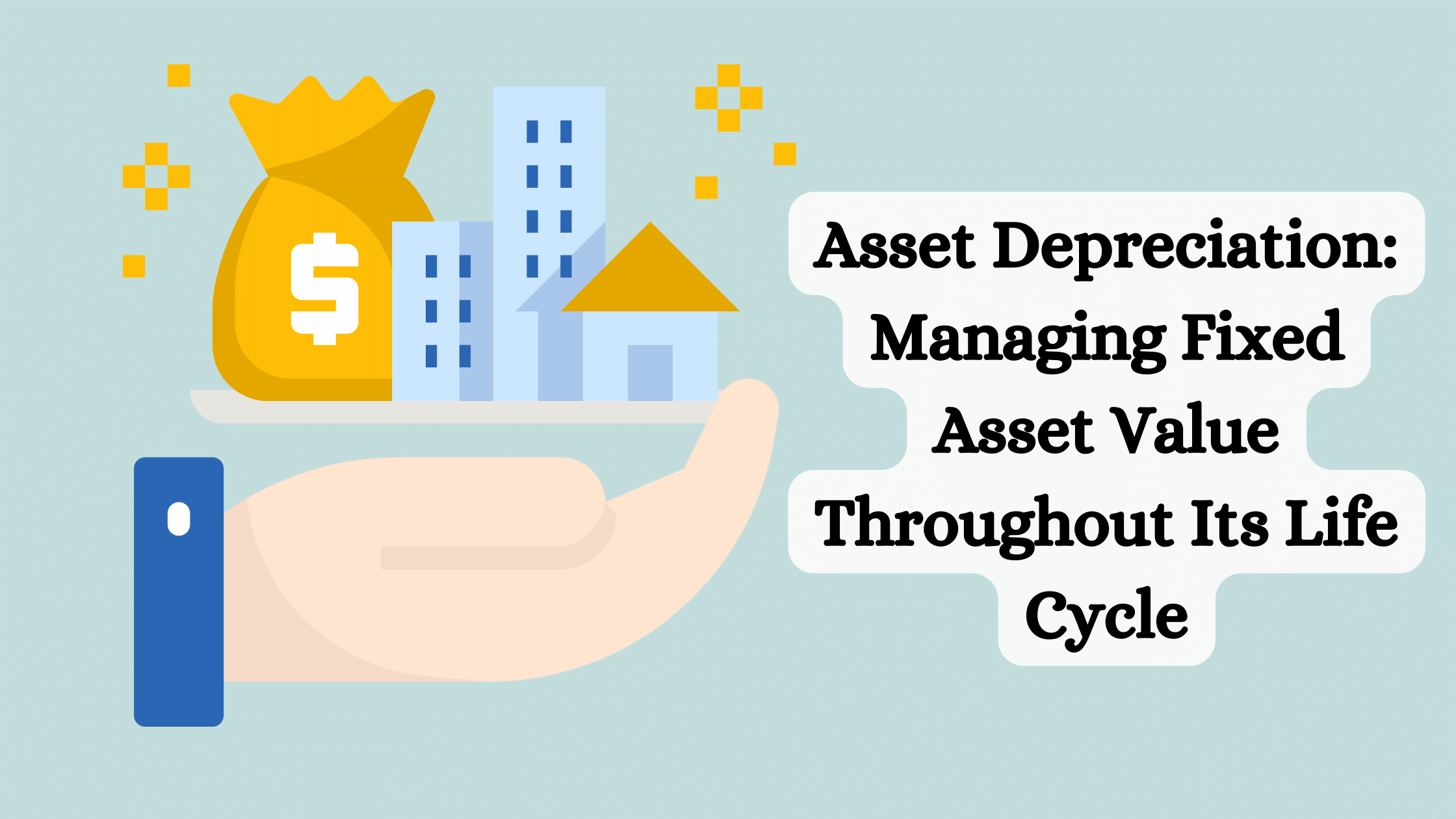
In the realm of business, fixed assets play a role in adding value and supporting day-to-day operations. These assets, such as machinery, equipment, furniture, and buildings, contribute to the production process or aid in business activities. It’s important to understand that fixed assets go through a lifecycle where their value gradually decreases over time.
Exploring Asset Depreciation
Understanding the fixed asset lifecycle is crucial for businesses to navigate asset depreciation effectively. Asset depreciation reflects the decrease in the value of fixed assets due to wear and tear or technological advancements. As these assets age, their efficiency wanes, leading to a decline in market value. Acknowledging asset depreciation is essential for businesses as it profoundly impacts profitability and financial reporting.
Proactively managing the fixed asset lifecycle allows businesses to make informed decisions regarding repairs or replacements. This knowledge empowers organizations to optimize asset utilization and allocate resources efficiently, ensuring sustained operational effectiveness.
Approaches for Asset Depreciation
Various methods are used for calculating and managing asset depreciation:
Straight Line Method
This simple approach evenly distributes the cost of an asset over its lifespan by assuming wear and tear. It is widely utilized for reporting purposes.
Declining Balance Method
The declining balance method involves applying a depreciation rate during the years when an asset experiences more wear and tear. This method allows businesses to accelerate depreciation deductions when facing replacement costs or rapid technological advancements.
Units of Production Approach
The units of production method calculates depreciation based on an asset’s usage rather than just time. It considers factors like machine hours or units produced per hour to determine depreciation expenses. This approach is beneficial as it closely aligns with usage patterns, making it particularly valuable in industries with fluctuating demand levels.
It is essential for each business to carefully evaluate which depreciation method best reflects the wear and tear pattern of their assets and fits their objectives and reporting requirements.
Efficient Strategies for Managing Asset Depreciation
To effectively manage asset depreciation, consider these strategies:
Regular Assessments
Conducting evaluations of fixed asset lifecycle helps businesses determine if they still meet requirements or require maintenance. By tracking depreciation trends, companies can accurately predict replacement costs.
Implementation of Preventive Maintenance
Assets that undergo maintenance tend to depreciate at a slower pace. Developing a maintenance plan can help extend the lifespan of an asset by addressing repairs and regular cleaning.
Stay Current with Advancements
New technologies may render certain assets obsolete. Staying updated on the trends and advancements in the industry can help companies predict when it is time to upgrade or replace their assets, avoiding any surprises caused by evolving technology.
Keeping Records
Keeping records is crucial. Properly documenting the purchase price, expected lifespan, and depreciation method of each fixed asset is essential for audits and financial management purposes. Utilizing fixed asset management software can streamline record-keeping processes and minimize errors that may occur with tracking methods.
Advantages of Efficient Asset Depreciation Management
Effectively managing asset depreciation brings many benefits for businesses. Let’s delve into some advantages:
Accurate Financial Reporting
Efficient asset depreciation management enables companies to accurately reflect the decline in value of their fixed assets on statements. This ensures that financial reports present a depiction of the company’s status.
Informed Decision-making
By understanding the depreciation trends and patterns of their fixed assets, businesses can make informed decisions regarding repairs or replacements. This leads to optimized resource allocation, reduced equipment downtime, and enhanced operational efficiency.
Improved Financial Planning and Forecasting
Understanding the decline in asset value over time helps companies prepare precisely for future replacement expenses. By including expected depreciation costs in budget projections, businesses can make decisions regarding investments in machinery or equipment.
End Note
In essence, managing the worth of fixed assets throughout their lifespan is crucial for businesses. By getting acquainted with depreciation techniques, conducting assessments, implementing maintenance practices, staying updated on advancements, exploring ways to optimize operations, and maintaining detailed records, organizations can effectively monitor their asset values over the years. It’s important to stay informed about any changes in accounting regulations related to fixed assets and seek advice from experts when needed. Through monitoring asset depreciation, companies can strengthen their foundation and make informed decisions for the long haul.